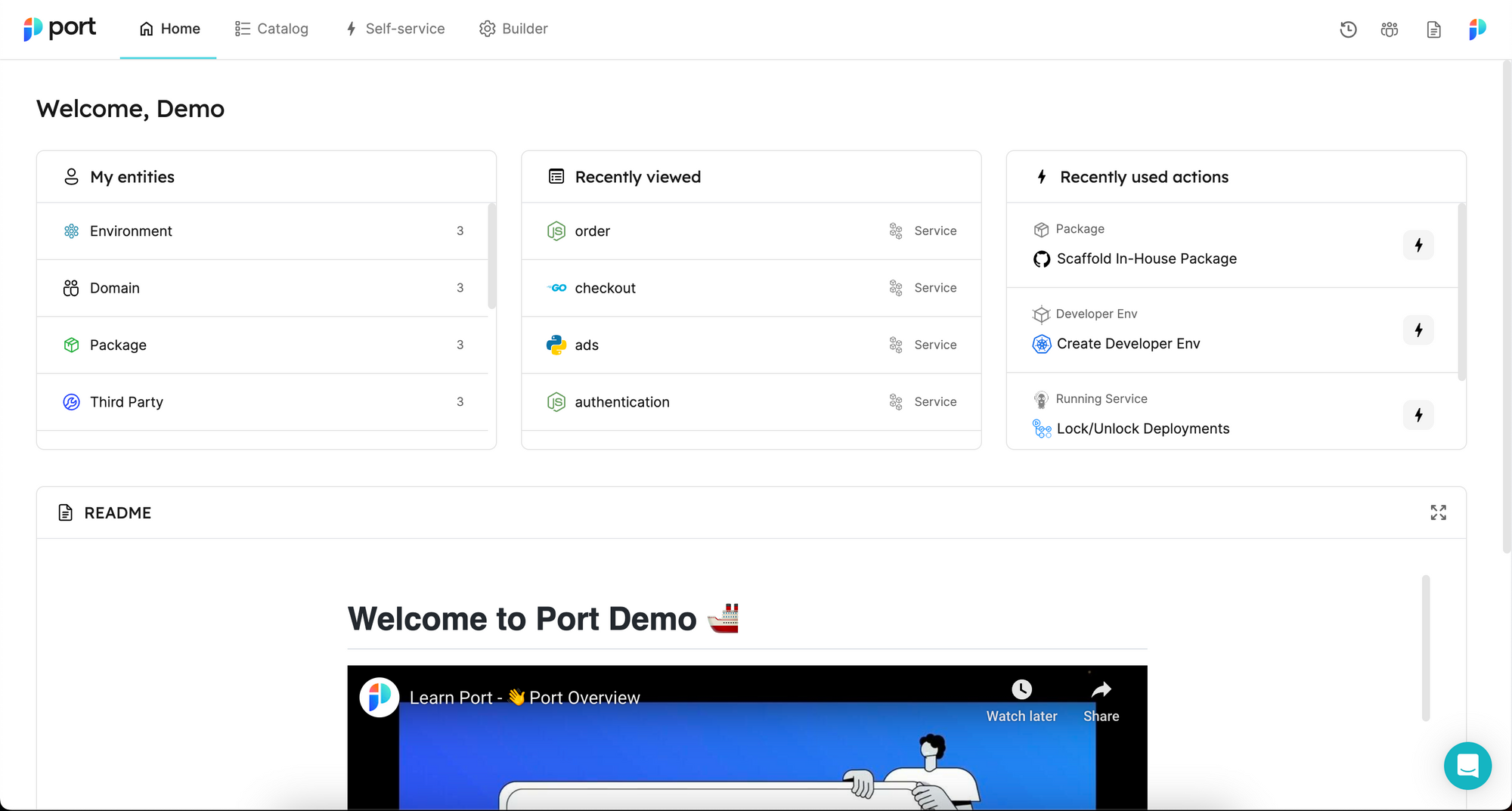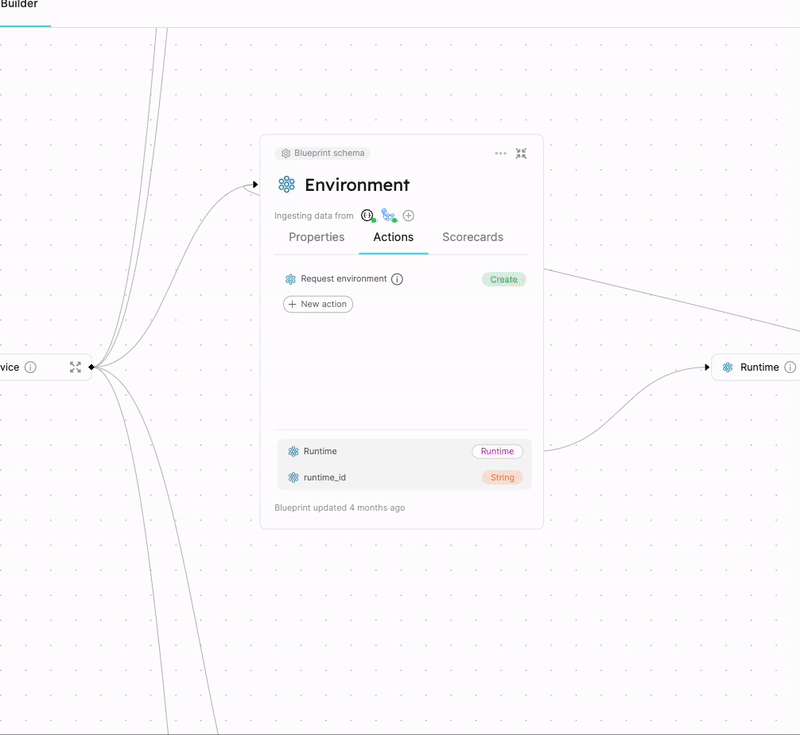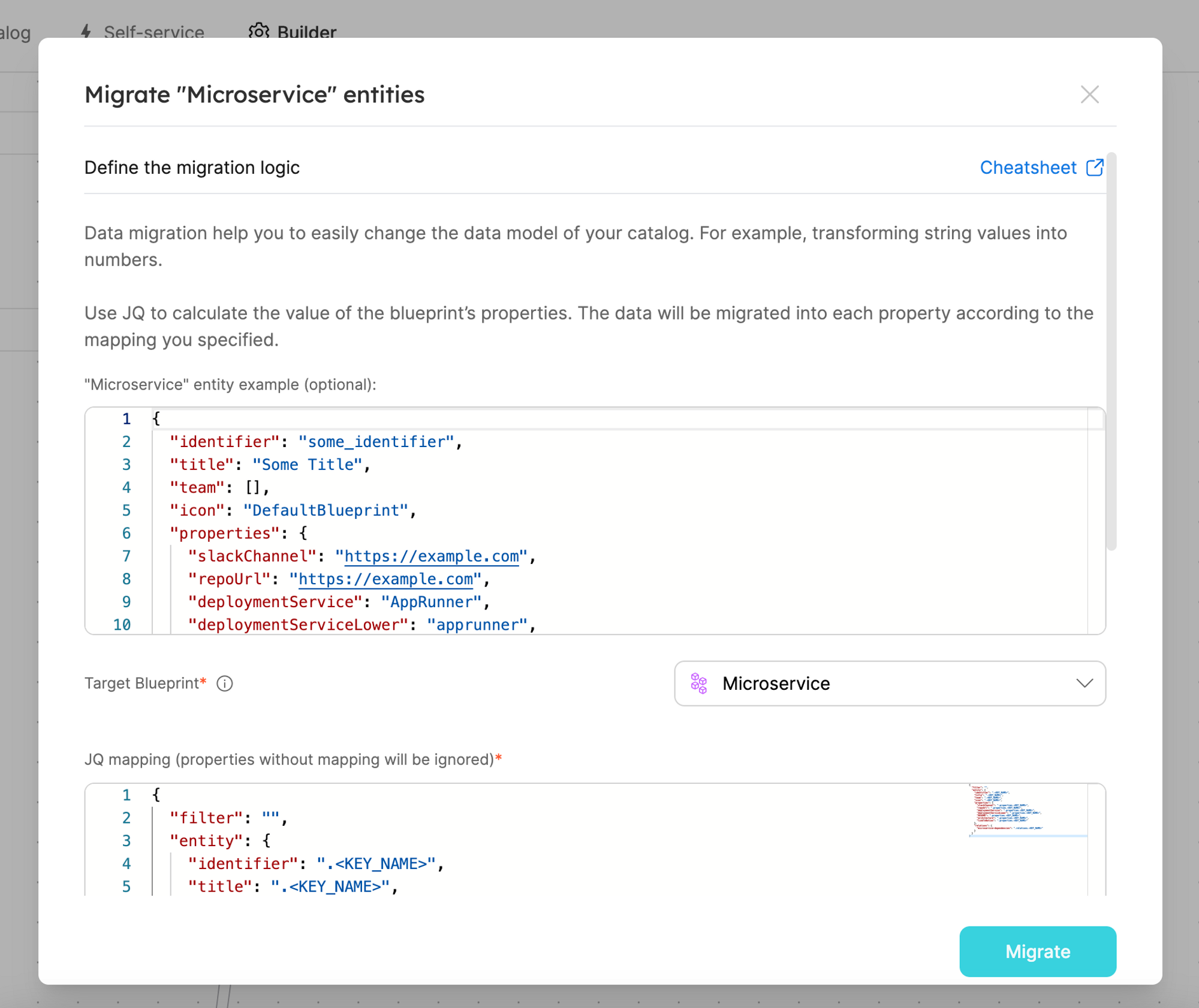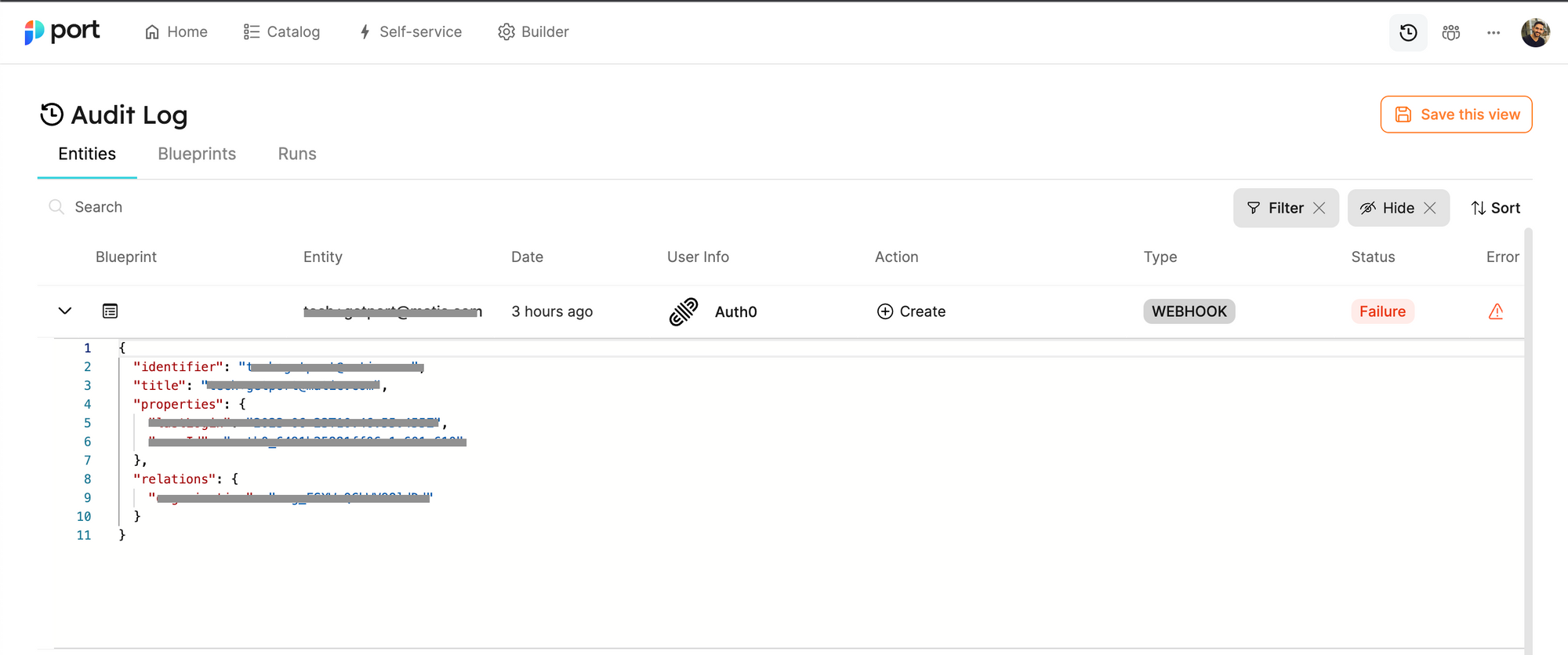June is almost over, and here come our product release notes. We’re making great strides with making the product more personalized for developers, with the new homepage as well as better support for developer self-service creation. Data migrations are there since blueprints and data models constantly evolve (as they should) as well as a new addition of an ability to import backstage catalog data.
Biggest
Homepage 🏠
The new homepage is a user-personalized dashboard containing several widgets with useful information for the user at the personal/team/organizational level/s. The first version of the homepage includes the following widgets:
- My entities - a summary of the entities that belong to the user at the team level or at the user property level (for example, if the user appears in a service's “on-call” property).
- Recently viewed entities - the last entities that the user viewed. This lets users easily navigate to often-visited entities.
- Recently used actions - the last actions the user performed. This lets users easily navigate to often-performed actions.
- Readme widget (optional) - allows admins to add a markdown document on the homepage. This document can contain content and information you would like your users to see, such as guides, news, helpful links, etc.
We plan to add more widgets and make the home page flexible, so you can personalize it to meet the needs of users ⚡️🚀

Visual editor for developer self-service actions ⚡️
Creating self-service actions is now easier than ever!
You can now configure actions using an intuitive and easy-to-use visual interface (instead of the JSON editor). This new editor includes:
- Visual creation of the user form inputs.
- Installation guides and dynamic code examples to help you quickly get started with the action logic implementation.
- No-code RBAC settings for each action enable you to easily determine who can perform each action.
You can create/edit actions by going to the “Builder” page → expanding a blueprint → clicking on the “Actions” tab.

Data migrations 🔁
Port’s “bring your own data model” approach lets you build a developer portal containing the assets relevant to your organization. This is done through Port’s blueprint capability. We understand that developer portals constantly evolve and that the data model (and blueprints) needs to be regularly adjusted to support new use cases inside the organization.
For that scenario, we added “Data migration” - a way for admins to define data transformation on the catalog to perform data model changes. For example, changing a “String” property to a “Number” property can now be updated on all entities of a specific blueprint in one click.
To use data migrations, go to the “Builder” → expand a blueprint → click on the blueprint’s three dots menu button → click on the “Migrate data” button.

---------------------------------
Mediums
Import your Backstage catalog in minutes
Do you want to use Port and have some data in a Backstage instance? Now you can transfer your data model and entities from Backstage into Port with a few simple steps.
Self-service actions - trigger GitLab Pipelines
We have added the ability to trigger a GitLab Pipeline when executing a self-service action.
Installing the AWS integration with terraform
Installing Port’s AWS integration has just become a lot easier.
You can now use pre-made terraform code to create blueprints, install the integration on your AWS account, and ingest data into Port with one terraform apply!
---------------------------------
Smalls
Export catalog data
The new “Export Data” button in the top bar menu allows you to export catalog entities to JSON/GitOps (.YAML) formats.

Audit log - displaying the request body for failed audit logs
You can now expand the audit record and see its request body when viewing failed audit logs. This is super useful when debugging data ingestion issues.
